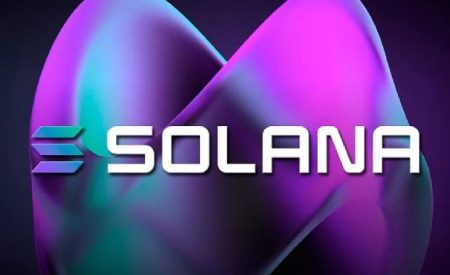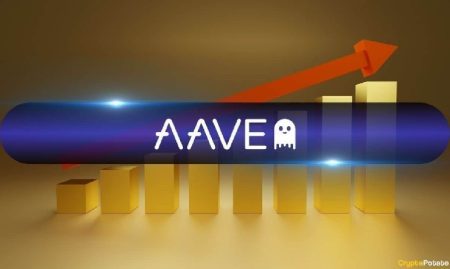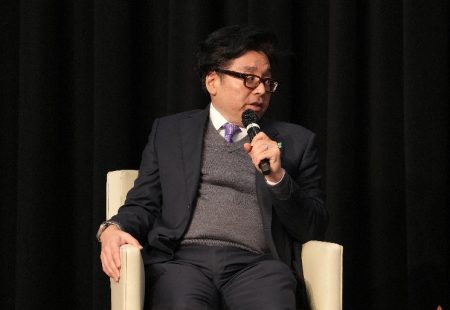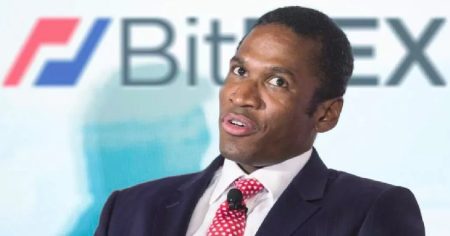Vitalik Buterin Envisions “Low-Risk DeFi” as Ethereum’s Sustainable Revenue Engine
Ethereum Co-Founder Draws Parallel to Google’s Search Business Model, Highlighting Potential for Stable Growth
In a forward-looking assessment that has captured the attention of both cryptocurrency enthusiasts and financial analysts, Ethereum co-founder Vitalik Buterin has outlined a compelling vision for the blockchain platform’s future. According to Buterin, “low-risk DeFi” applications could emerge as the cornerstone of Ethereum’s ecosystem, potentially serving a role similar to Google’s search engine—the tech giant’s primary and most reliable revenue generator. This strategic perspective comes at a crucial juncture for the blockchain industry, which continues to navigate regulatory challenges while seeking mainstream adoption and long-term sustainability.
“The maturation we’ve witnessed in DeFi protocols over recent years has established a remarkably stable core,” Buterin explained, highlighting how the decentralized finance sector has evolved beyond its experimental phases. This stability, he argues, creates fertile ground for the development of low-risk applications across several critical domains: payment systems, savings products, synthetic assets, and collateralized lending platforms. These fundamental financial services, built on blockchain infrastructure, could provide the economic foundation necessary to support Ethereum’s ambitious ecosystem in the long term. What makes Buterin’s vision particularly noteworthy is how these applications could eventually transform into more sophisticated financial instruments, including reputation-based lending systems, prediction markets, and innovative “flatcoins”—all contributing to greater global financial inclusion by providing services to the traditionally underbanked and unbanked populations.
Balancing Economic Sustainability with Ethereum’s Philosophical Mission
Perhaps the most revealing aspect of Buterin’s commentary was his acknowledgment of a significant tension that exists within the Ethereum community. “One of the biggest challenges we face is the gap between applications that economically sustain the ecosystem and those that serve the philosophical and cultural goals of ETH,” he noted. This dichotomy reflects the broader struggle faced by many blockchain projects: reconciling profit-generating activities with idealistic visions of decentralization and democratized finance. While NFTs, memecoins, and highly speculative DeFi platforms have generated substantial revenue streams in the short term, Buterin emphasizes that Ethereum requires more sustainable core applications if it aims to support what could become a $500 billion economy.
“It is possible to have low-risk DeFi for Ethereum like Google has search,” Buterin asserted, drawing a parallel that resonates with both tech and finance professionals. This comparison is particularly apt because Google’s search engine delivers consistent revenue while remaining aligned with the company’s mission to organize information and make it universally accessible. Similarly, Buterin sees low-risk DeFi applications as economically valuable while remaining compatible with Ethereum’s fundamental vision of providing “global, transparent, and permissionless financial access.” This alignment could resolve the tension between profitability and purpose that has challenged the platform’s development trajectory.
DeFi’s Emerging Stability Could Outpace Traditional Finance
In a world increasingly concerned about financial system fragility, Buterin’s observations about risk comparison between traditional finance and decentralized alternatives strike a particularly resonant chord. The Ethereum co-founder highlighted the escalating risks within conventional financial structures and proposed that a maturing DeFi ecosystem could ultimately achieve greater stability than its traditional counterparts. This stability would derive from two fundamental blockchain characteristics that traditional finance often lacks: radical transparency and automated execution of financial contracts and processes.
The implications of this assessment extend far beyond the cryptocurrency community. As traditional financial institutions grapple with challenges ranging from liquidity concerns to regulatory pressures, Buterin’s vision suggests an alternative path forward. By leveraging blockchain technology’s inherent advantages—immutable records, programmable finance, and censorship resistance—the DeFi sector could potentially offer not just an alternative to traditional finance, but an improvement upon it. This perspective gains credibility as DeFi protocols continue to refine their security measures and governance structures, addressing the vulnerabilities that plagued earlier iterations of blockchain-based financial applications.
The Evolution Toward a Sustainable Financial Ecosystem
Financial experts tracking the blockchain space have noted that Buterin’s comments reflect a broader maturation within the Ethereum ecosystem. Moving away from the speculative frenzy that characterized earlier phases of crypto development, industry leaders are increasingly focused on building lasting infrastructure that delivers genuine utility. The emphasis on low-risk DeFi applications signals a pivot toward services that provide everyday value to users while maintaining the decentralized ethos that distinguishes blockchain finance from conventional banking.
The pathway toward this sustainable ecosystem involves several critical developments. First, the continued refinement of security practices and protocol designs will be essential to mitigate the risks that have historically deterred institutional adoption. Second, user experience improvements will need to bridge the gap between blockchain’s technical complexity and mainstream usability expectations. Finally, regulatory clarity—which continues to evolve globally—will play a crucial role in determining how these financial innovations can integrate with existing economic systems. Despite these challenges, Buterin’s vision offers a compelling roadmap for Ethereum’s evolution into a platform that balances innovation with stability, speculation with utility, and short-term profits with long-term sustainability.
Strategic Implications for Blockchain’s Financial Future
As blockchain technology continues its march toward mainstream adoption, Buterin’s strategic thinking provides valuable insights for investors, developers, and financial institutions alike. By emphasizing low-risk DeFi as Ethereum’s potential economic engine, he articulates a vision that could address persistent criticisms about cryptocurrency’s practical utility and economic sustainability. More importantly, this approach could help the Ethereum ecosystem weather market volatility while delivering consistent value to users across the financial spectrum.
The comparison to Google’s search engine—a service that transformed the internet while generating sustainable revenue—offers a powerful metaphor for understanding Ethereum’s potential trajectory. Just as Google’s search function became indispensable infrastructure for the information economy, low-risk DeFi applications could become essential components of a more accessible, transparent financial system. For institutions considering blockchain integration strategies and investors evaluating the long-term viability of crypto assets, Buterin’s perspective provides a framework for distinguishing between speculative manias and genuine innovation. As the financial world continues its digital transformation, the development of stable, low-risk DeFi applications may indeed prove to be the foundation upon which a new economic paradigm is built—one that combines the best aspects of traditional finance with the revolutionary potential of blockchain technology.
This article is provided for informational purposes only and does not constitute investment advice.















